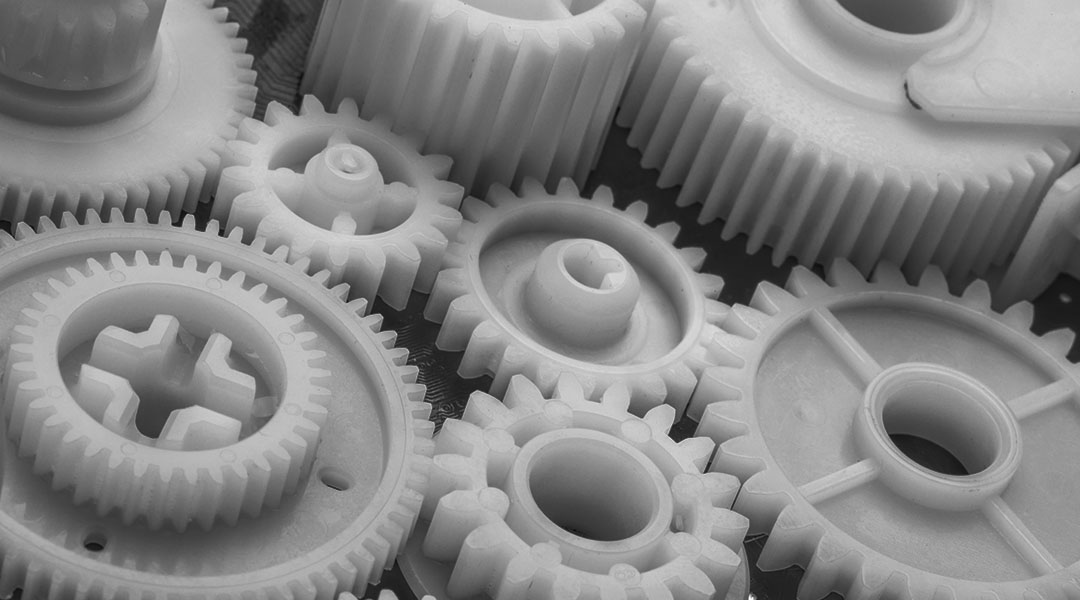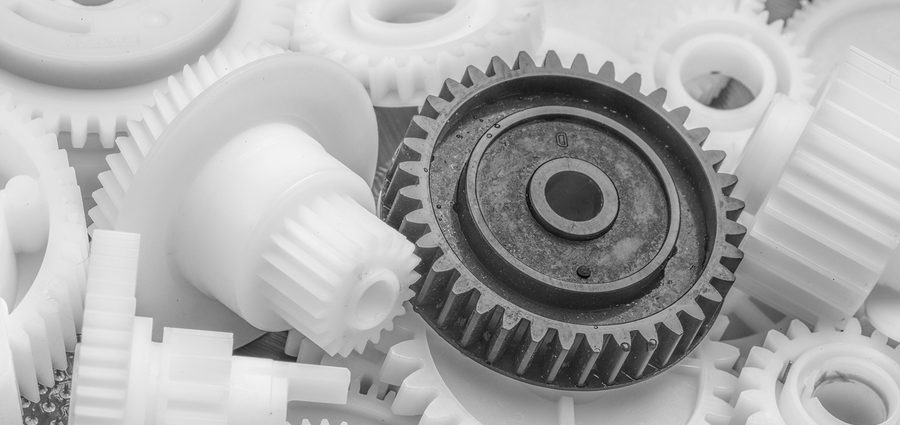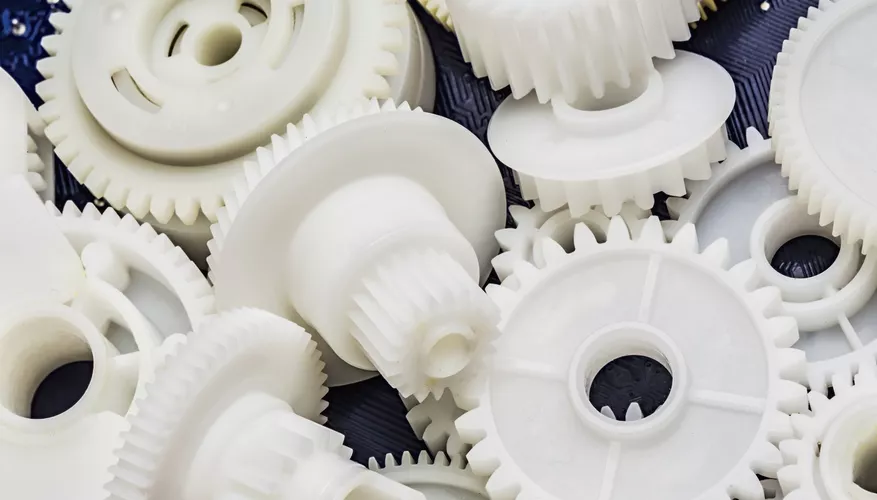Product Description
3.50-4 Flat Free PU Foam Wheel with plastic rim
Our company,as a professional manuafcturer in China,specilializes in the producing of rubber wheel,wheel barrow wheel.
| Product Description: | ||
| 1. PU rubber wheels Item Many size | ||
| 2. You can choose the color of PU foam | ||
| 3. Ball bearing, needle bearing, plain bore for your choice | ||
| 4. Bearing inner diameter, hub length can be customized CHINAMFG your request | ||
| 5. Metal rim ( painted or zinc coated ) or Plastic rim are optional Pecifications 1. High load bear, for rough use 2. Light weight 3. High Load bear 4. OEM service 5. Durable and enviromental PU foam wheel for wheelbarrow or hand trolley Material: CHINAMFG polyurethane Rim material: Plastic or metal Bearing: Ball bearing 1)Solid polyurethane wheels are widely used for wheelobarrow, Lawn cart, hand trolley, etc. 2)It is more economy and enviromental than rubber wheels. 3)It is good in resillience and can be made in different colours. 4)It is light weight and durable 5)It is both heat and cold resistant CHINAMFG excellent in elasticity. 6)It is resistant to water, oil, dirt, acid and alkali. |
||
Our wheel barrow tire and inner tube,solid rubber wheel and crumb wheels,semi pneumatic wheel,PU foam wheel,penumatic rubber wheel,bearing rim and metal rim are producted in our own company.
| Features: | Description |
| Light weight | constructed of micro-cellular polyurethane, making the tire flat-free without adding any significant weight to the tire. |
| No leakage | Made of micro-cellular polyurethane, making the tire flat-proof . No air, no leaks, and absolutely no flat tire downtime. |
| Good Looking | Variety Color for selecting |
| Safety | Environment-friendly Products deal choice where oils and chemicals would normally damage a pneumatic tire. |
| Wide Usage | I Construction, industrial, lawn & garden, roofing, rental, concrete, material handling, and other related industries. |
| Performance | ozone and UV ray resistant |
| Easily operated | lightweight, very durable and significantly easier to roll than ordinary hard rubber tires. |
| Working Life | 5-8 years, at least 4 to 10 times longer than pneumatic tires. |
| Caution | Designed to go on slow moving equipment and are not for highway use |
| Delivery | Big production ability, Fast delivery. |
Availiable size of tire,tube and metal rim is as follows:
| 5inch:5″x1.5″ |
| 6inch: 6″x1.5″, 6”X2” |
| 7inch: 7″x1.5″, 7″x2″, |
| 8inch: 8”X2.80/2.50-4, 8″x1.75, 8″x2″, 8″x2.2″, 8″x2.5″ 8″x3″ |
| 10inch: 10”X3.00-4, 10”X3.50-4, 10×1.75″, 10″x2″, 10″x2.5″ |
| 11inch: 11”x4.00-4 |
| 12inch: 12”x3.50-5, 12″x1.75″, 12″x2″, 12″x3″ |
| 13inch: 13”x3.00-6 , 13”x3.50-6 , 13”x4.00-6, 13”x5.00-6, 13”x3.00-8, 13”x3.25-8, 13″x2.5″, 13″x3″ |
| 14inch: 14”x3.50-8, 14″x3″, 14.5″x2.3″ |
| 15inch: 15”x6.00-6, 15”x6.50-6, 15″x3″ |
| 16inch: 16”x4.00-8, 16”x4.50-8, 16”x4.80-8, 16”x6.50-8, 16”x7.50-8 |
| 18 inch:18×8.50-8 |
There are the best sellers in Romania market and other market in Europe.
They are superior in quality and competitive in prices,and popular with the customers in the world market.They are also deliveried promptly and timely.Welcome to negotiate business!
/* January 22, 2571 19:08:37 */!function(){function s(e,r){var a,o={};try{e&&e.split(“,”).forEach(function(e,t){e&&(a=e.match(/(.*?):(.*)$/))&&1
| Modle No.: | 350-4 |
|---|---|
| Place of Orign: | Shandong, China |
| Name: | Pneumatic Rubber Wheel, Solid Rubber Wheel |
| Brand: | OEM Accepted |
| Wind Rang Use: | Wheelbarrow,Handtruck,Tools Carts… |
| Rim Material: | Plastic |
| Customization: |
Available
|
|
|---|

Can you provide examples of products or machinery that commonly use plastic wheels?
Plastic wheels are used in a wide range of products and machinery across various industries due to their versatility and unique qualities. Here are examples of products and machinery that commonly use plastic wheels:
- 1. Office Furniture: Office chairs often feature plastic caster wheels for smooth and quiet movement on office floors.
- 2. Material Handling Equipment: Hand trucks, dollies, and carts used in warehouses and distribution centers frequently use plastic wheels to transport goods efficiently.
- 3. Lawn and Garden Equipment: Lawnmowers, garden carts, and wheelbarrows are equipped with plastic wheels for easy maneuverability on lawns and uneven terrain.
- 4. Retail and Shopping Carts: Shopping carts in supermarkets and retail stores typically have plastic wheels for easy navigation through aisles.
- 5. Medical Equipment: Hospital beds, medical carts, and mobility aids often incorporate plastic wheels, as they are easy to clean and resist corrosion.
- 6. Aerospace Ground Support: Ground support equipment at airports, including baggage carts and maintenance vehicles, may use plastic wheels for their lightweight properties.
- 7. Food and Beverage Handling: Food service equipment, such as serving trolleys and food processing machinery, often feature plastic wheels due to their resistance to moisture and corrosion.
- 8. Recreational Vehicles (RVs): RV leveling jacks and stabilizers utilize plastic wheels to provide stability and ease of adjustment when parked.
- 9. DIY and Home Improvement Tools: Hand trucks, utility carts, and toolboxes used for DIY and home improvement projects may have plastic wheels for ease of movement.
- 10. Industrial Machinery: Some industrial machines and equipment incorporate plastic wheels to facilitate movement and protect factory floors.
- 11. Conveyor Systems: Conveyor systems in manufacturing and logistics often use plastic wheels to support the movement of goods along production lines.
- 12. Skateboards and Skateboarding Equipment: Skateboard wheels are typically made of plastic, offering various sizes and hardness levels to suit different riding styles.
- 13. Boat Trailer Rollers: Rollers on boat trailers are commonly made of plastic, as they resist corrosion when exposed to water and provide smooth boat launching and retrieval.
- 14. Gate Hardware: Some gate wheels and sliding door systems feature plastic wheels for smooth operation and reduced noise.
These examples demonstrate the widespread use of plastic wheels in diverse applications, emphasizing their adaptability and suitability for various industries and products.

What considerations should be taken into account when using plastic wheels in different environments?
Using plastic wheels in various environments requires careful consideration of factors to ensure optimal performance and longevity. Here are key considerations when using plastic wheels in different settings:
- 1. Load Capacity: Determine the weight-bearing capacity required for your specific application. Ensure that the plastic wheels you choose can handle the anticipated loads without deformation or failure.
- 2. Material Selection: Select the appropriate plastic material for the environment. Different plastics offer varying levels of resistance to chemicals, moisture, temperature extremes, and UV exposure. Choose a material that aligns with the conditions in which the wheels will operate.
- 3. Temperature Range: Consider the temperature range of the environment. Some plastic materials may become brittle in cold conditions or soften in high heat. Ensure that the selected plastic wheels are suitable for the expected temperature extremes.
- 4. Chemical Exposure: Evaluate whether the wheels will come into contact with chemicals, solvents, or corrosive substances. Choose plastic materials with high chemical resistance to prevent degradation or weakening of the wheels.
- 5. Moisture and Humidity: If the environment is humid or wet, opt for plastic wheels that are moisture-resistant and do not absorb water. This prevents swelling or degradation of the wheels in damp conditions.
- 6. Surface Conditions: Consider the condition of the surfaces the wheels will roll on. Ensure that the flooring or terrain is free from sharp objects, debris, or obstacles that could cause premature wear or damage to the wheels.
- 7. Floor Protection: In indoor environments, choose plastic wheels that do not mark or damage flooring surfaces. Non-marking wheels are essential for preserving the appearance of floors.
- 8. Noise Levels: Assess the noise requirements of the environment. If noise reduction is a priority, select plastic wheels known for their quiet operation, and consider noise-dampening design features.
- 9. Customization: Determine if customization is necessary. Some applications may benefit from wheels with specific tread patterns, sizes, or load ratings. Customization allows you to tailor the wheels to your exact requirements.
- 10. Safety: Prioritize safety considerations, especially in industrial or automotive settings. Ensure that the chosen plastic wheels provide stability and do not compromise safety when handling heavy loads or operating in challenging conditions.
- 11. Maintenance: Plan for regular maintenance and inspections of the wheels based on the environment’s demands. Follow manufacturer guidelines for maintenance practices to extend wheel life and ensure continued functionality.
- 12. Compatibility: Ensure that the plastic wheels are compatible with the equipment or vehicles they will be installed on. Consider factors like wheel size, attachment mechanisms, and load distribution to avoid compatibility issues.
- 13. Regulatory Compliance: In some industries, compliance with specific regulations or standards may be necessary. Ensure that the plastic wheels meet any relevant industry standards or certifications.
By carefully assessing and addressing these considerations, you can make informed decisions when using plastic wheels in diverse environments, optimizing their performance, and ensuring their suitability for the specific conditions they will encounter.

Can you describe the factors to consider when selecting plastic wheels for specific applications?
Selecting the right plastic wheels for specific applications involves considering several crucial factors to ensure optimal performance and durability. Here are the key factors to keep in mind:
- 1. Load Capacity: Determine the weight that the wheels will need to support in your application. Choose wheels with a load capacity that comfortably exceeds the maximum expected load to prevent overloading and premature wear.
- 2. Wheel Diameter: The diameter of the wheel affects its stability, ease of rolling, and ability to overcome obstacles. Select a wheel diameter that suits the terrain and surface conditions in your application.
- 3. Tread Design: Consider the tread pattern on the wheel. Smooth treads offer lower rolling resistance, while treaded or ribbed designs provide better traction. Choose the tread type that aligns with your application’s requirements.
- 4. Material Selection: Plastic wheels are available in various materials, such as polyurethane, polypropylene, and nylon. The choice of material should consider factors like durability, impact resistance, chemical resistance, and temperature resistance based on your application’s environment.
- 5. Bearing Type: Determine the bearing type used in the wheels. Precision bearings, like ball bearings or roller bearings, reduce friction and ensure smooth rolling. Choose bearings appropriate for your application’s load and usage frequency.
- 6. Environment: Assess the operating environment. Consider factors such as exposure to moisture, chemicals, extreme temperatures, and potential corrosion. Select wheels that are suitable for the conditions they will encounter.
- 7. Floor Protection: If your application involves rolling on delicate flooring, consider wheels with softer materials or non-marking properties to protect the floor from damage or marking.
- 8. Mobility and Maneuverability: Evaluate the required mobility and maneuverability of your equipment or vehicle. Swivel casters may be needed for tight spaces, while fixed wheels offer stability in straight-line movement.
- 9. Noise Level: Consider the noise level generated by the wheels. Some applications, like office furniture, require quiet operation. Choose wheels designed to minimize noise if noise is a concern.
- 10. Maintenance: Assess the maintenance requirements of the wheels. Some wheels may require regular lubrication or cleaning, while others are low-maintenance. Ensure that the maintenance demands align with your operational capabilities.
- 11. Mounting and Attachment: Check the compatibility of the wheel’s mounting and attachment method with your equipment or vehicle. The design should securely attach to prevent wobbling or detachment.
- 12. Budget: Consider your budget constraints. Different types of plastic wheels come at various price points. Balance your budget with the need for quality and durability.
By carefully evaluating these factors and selecting plastic wheels that align with your specific application’s requirements, you can ensure that your equipment or vehicle operates optimally, efficiently, and safely.


editor by Dream 2024-05-08